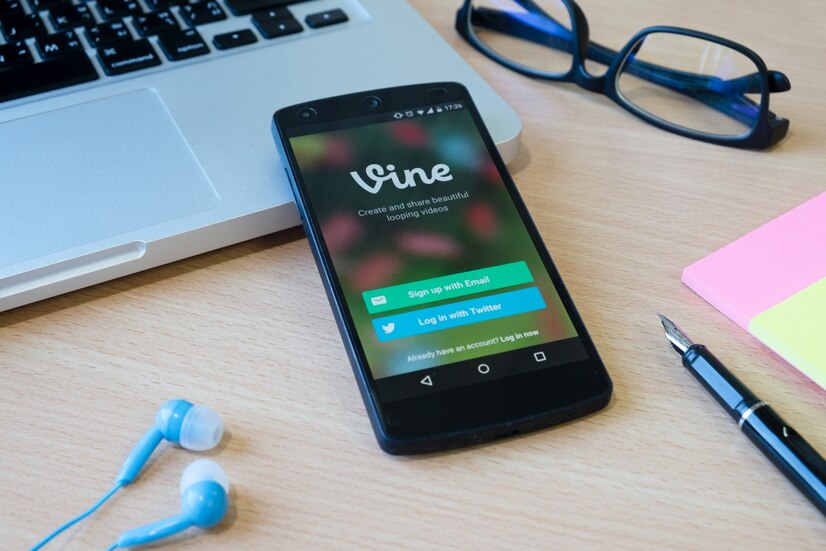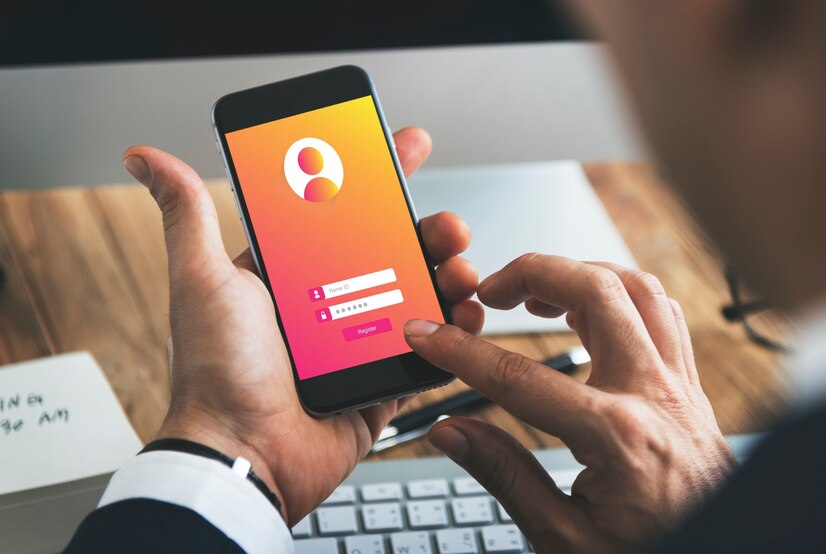In today’s digital age, mobile applications have become an integral part of our daily lives. One of the key features of many mobile apps is in-app purchases, allowing users to unlock premium content or additional features within the app. However, when it comes to iOS apps running in a WebView, unlocking in-app purchases can pose a significant challenge. In this article, we’ll explore the intricacies of unlocking iOS in-app purchases in WebView and provide a step-by-step guide to achieve this effectively.
Understanding iOS In-App Purchases
Before delving into the specifics of unlocking in-app purchases in WebView, let’s first understand what iOS in-app purchases are. In-app purchases refer to the ability for users to buy digital goods or services directly from within a mobile application. These purchases can range from virtual currency and extra lives in games to subscriptions and premium content in productivity apps.
There are various types of in-app purchases, including consumable, non-consumable, subscriptions, and auto-renewable subscriptions. Consumable purchases are those that can be used once and then depleted, such as virtual currency or power-ups in games. Non-consumable purchases, on the other hand, are items that users buy once and retain indefinitely, like ad-free versions of apps or additional features. Subscriptions allow users to access content or services for a set duration, while auto-renewable subscriptions renew automatically at the end of each subscription period until canceled by the user.
Challenges with In-App Purchases in WebView
WebView is a component that allows developers to embed web content within their iOS apps. While WebView offers versatility in displaying web content seamlessly, it comes with limitations, particularly concerning in-app purchases. Apple imposes restrictions on in-app purchases made outside of the App Store ecosystem, which includes purchases made within WebView.
Methods to Unlock iOS In-App Purchases in WebView
Using Custom JavaScript Injection: One approach to unlocking iOS in-app purchases in WebView is by utilizing custom JavaScript injection. This method involves injecting custom JavaScript code into the WebView to simulate the purchase process. Developers can intercept the purchase request and handle it accordingly, bypassing Apple’s restrictions.
To implement this method, developers need to have a deep understanding of JavaScript and the inner workings of in-app purchases. They must carefully craft the JavaScript code to mimic the behavior of a legitimate purchase without triggering any security mechanisms.
Method 2: Utilizing Third-Party Libraries: Another method is to leverage third-party libraries specifically designed to bypass in-app purchase restrictions in WebView. These libraries often provide pre-built solutions for handling in-app purchases seamlessly within WebView, saving developers time and effort.
However, developers should exercise caution when using third-party libraries, as they may not always be reliable or up-to-date with the latest iOS and WebView changes. It’s essential to thoroughly vet the library and ensure it complies with Apple’s guidelines to avoid any potential issues or rejections from the App Store.
Method 3: Implementing Server-Side Validation: A more robust approach to unlocking iOS in-app purchases in WebView is by implementing server-side validation. Instead of handling the purchase process entirely within the app, developers can offload certain validation tasks to a server they control.
By validating in-app purchases server-side, developers can ensure greater security and compliance with Apple’s guidelines. The server can verify the legitimacy of the purchase and provide the necessary access or content to the user, bypassing WebView’s limitations.
Precautions and Legal Considerations
While unlocking iOS in-app purchases in WebView can offer various benefits, it’s essential for developers to be aware of the associated risks and legal considerations. Apple strictly prohibits any attempts to circumvent its in-app purchase system, and violating these guidelines can result in severe consequences, including app removal from the App Store and legal action.
Developers should also consider the potential impact on user experience and trust. Unlocking in-app purchases in WebView may raise concerns about security and privacy among users, especially if their sensitive payment information is involved. It’s crucial to be transparent about any modifications made to the purchase process and reassure users of the safety and integrity of their transactions.
Benefits of Unlocking iOS In-App Purchases
Despite the challenges and risks involved, unlocking iOS in-app purchases in WebView can offer significant benefits for both developers and users. By providing seamless access to premium content or features, developers can enhance the overall user experience and foster greater engagement with their apps.
Furthermore, unlocking in-app purchases can open up new revenue streams for developers, allowing them to monetize their apps more effectively. Whether through one-time purchases, subscriptions, or in-app advertising, developers can leverage in-app purchases to generate steady income and sustain their app development efforts.

Conclusion
unlocking iOS in-app purchases in WebView presents a unique set of challenges and opportunities for developers. By understanding the limitations of WebView and exploring various methods to bypass in-app purchase restrictions, developers can provide a more immersive and rewarding experience for users while maximizing their app’s revenue potential. However, it’s crucial to proceed with caution and adhere to Apple’s guidelines to ensure compliance and maintain the integrity of the app ecosystem.
FAQs
Is it legal to unlock iOS in-app purchases in WebView?
While it’s technically possible to unlock in-app purchases in WebView, it’s essential to comply with Apple’s guidelines and policies to avoid any legal repercussions.
What are the risks associated with unlocking in-app purchases?
Unlocking in-app purchases may compromise the security and integrity of the app, leading to potential vulnerabilities and user trust issues.
Can users get banned for using apps that unlock in-app purchases?
Apple has the authority to remove apps from the App Store if they violate its policies, including those related to in-app purchases. Users who engage in unauthorized purchases may also face consequences such as account suspension.
Are there alternative methods to monetize apps without in-app purchases?
Yes, developers can explore alternative monetization strategies such as in-app advertising, sponsorships, or offering premium versions of their apps for a one-time fee.
How can developers ensure the security of in-app purchases in WebView?
Developers should implement robust security measures such as SSL encryption, server-side validation, and regularly updating their app to address any vulnerabilities.
